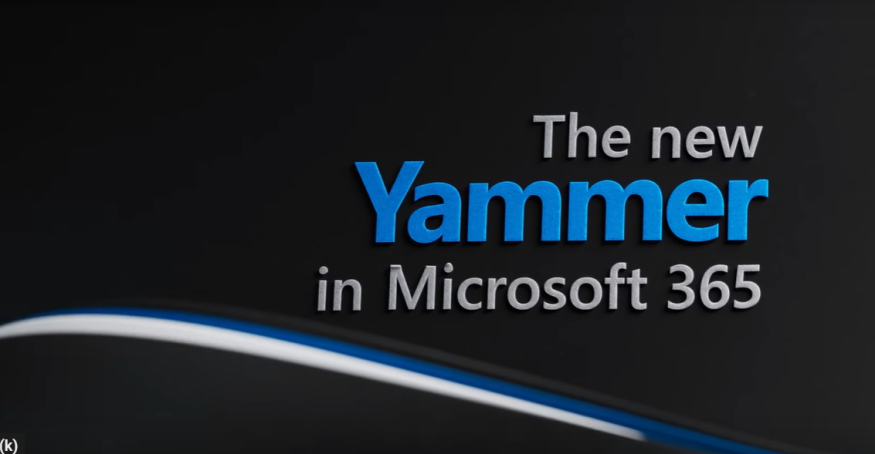
Tech giant Microsoft puts in the effort to make their seemingly boring applications and software be more attractive to users.
In order to do this, Microsoft hired design agency Tendril to make sizzle videos for the applications Yammer, Tasks, and FluidFramework.
FLARING THINGS UP
To those who are not yet familiar, sizzle videos are short presentations, usually lasts up to 3 to 5 minutes, that are a combination of visuals, audio, and a brief explanation of a product. Sizzle videos are made to deliver a fast-paced, stylized overview of a product.
This is not the first time Microsoft put out sizzle videos for their existing software. Earlier this year, the company launched sizzle videos for SharePoint and Windows Terminal—all looking good and fresh. In the recently held Ignite conference last week, Microsoft released three new sizzle videos focusing on Yammer, Tasks, and Fluid Framework. All these three new videos follow the same perky approach as its predecessor had done for SharePoint.
With Yammer, the design team focused on its chat aesthetic since the application is used as a private social network service by companies to be able to collaborate with employees. The sizzle video comprised of reams of papers for conversations and buttons which serve as the avatar. The design then explained Yammer's development to be integrated with Microsoft Teams, SharePoint, and Outlook. It also introduced the dark mode option for the app.
For Microsoft Tasks, the flow of the video is a bit similar to Yammer, although this time, it starts with a bubble-like button that bursts into splashes of color. It then shows tasks in a shimmering glass-like effect. This video is then incorporated into a Surface Studio display.
Lastly, Fluid Framework. This is one of the newer software developed by Microsoft designed to power the collaborative experience for Microsoft Office online. Fluid Framework is also designed to be a componentized document model that artificial intelligence and other services can plug into. In an interview with The Verge, Jared Spataro, head of Microsoft 360, explains how Fluid Framework works: "It takes the concept of what used to be a document and blows it up and replaces it with a big cloud address in the sky. It allows you, at that cloud address, to place different content components so everything from written word to tables, to visualizations like graphs all together in one place."
The sizzle video for Fluid Framework consists of building blocks and glass objects. It didn't quite successfully relay the message across for first-timers, but the new and improved packaging of these applications sure gives Microsoft a promising year ahead.
© 2026 ScienceTimes.com All rights reserved. Do not reproduce without permission. The window to the world of Science Times.










